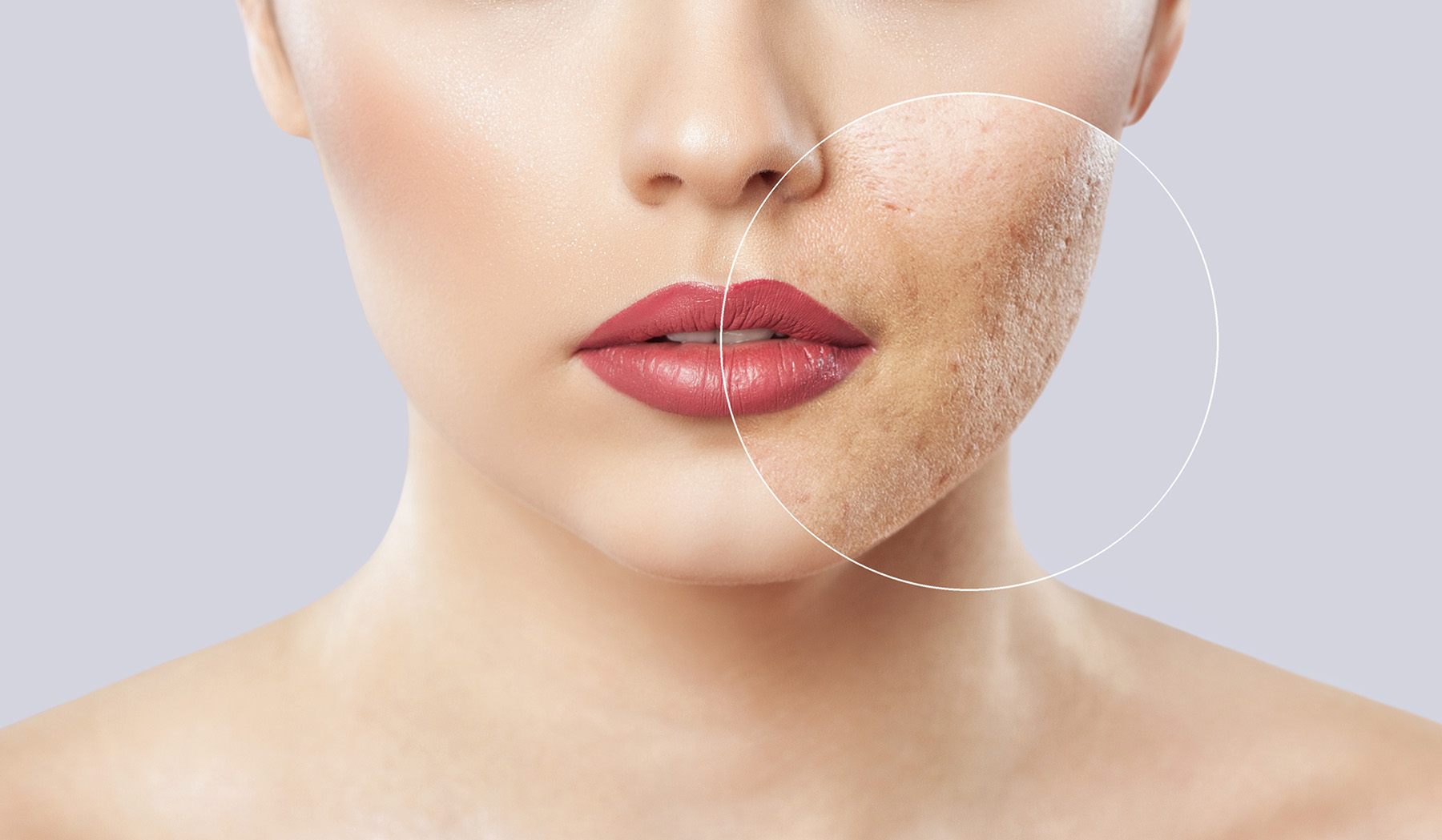
Acne scars can be a frustrating reminder of breakouts long gone. For many women and men, these scars leave behind not just physical marks—but emotional ones too. Fortunately, today’s non-surgical skin rejuvenation technologies make it possible to significantly reduce acne scarring and restore smoother, clearer skin.
From RF microneedling to fractional plasma resurfacing, these innovative therapies help the skin heal itself—without incisions, injections, or downtime associated with surgery.
🧬 Why Acne Scars Happen
Acne scars form when deep inflammation damages the skin’s collagen and elastin network. Depending on how the skin heals, you may be left with:
💡 Proven Non-Surgical Treatments for Acne Scars
Modern dermatology offers powerful tools that stimulate collagen remodeling and skin regeneration, leading to smoother texture and improved tone—without the need for surgery.
1. 🔥 RF Plasma (Fractional Plasma Resurfacing)
Radiofrequency (RF) plasma technology, such as Alma Opus Plasma, delivers plasma energy to the skin in controlled, fractional zones—creating microthermal injuries that trigger collagen production and skin renewal.
📊 Clinical studies show plasma resurfacing can produce comparable results to CO₂ lasers but with less risk of hyperpigmentation and faster healing (Gold et al., 2020).
2. 🌀 RF Microneedling
This treatment combines microneedling with radio frequency energy to heat deeper skin layers, encouraging collagen and elastin production.
✅ A 2019 review found that RF microneedling achieved over 50% improvement in scar appearance after 3–4sessions (Kim et al., 2019).
3. 💎 Fractional CO₂ Laser Resurfacing
Fractional CO₂ lasers use light energy to create micro-columns of controlled skin injury, stimulating deep skin remodeling.
📖 In a 2013 study, most patients experienced 70–80% improvement in acne scarring with fractional CO₂ lasers (Nanni & Alster, 2013).
4. 🧪 Chemical Peels
Medical-grade chemical peels exfoliate the outer layers of skin and promote new cell growth, reducing surface-level pigment and smoothing mild textural irregularities.
Common peel ingredients for acne scars:
5. 🌿 Microneedling with PRP(Platelet-Rich Plasma)
Microneedling can be combined with PRP—a serum derived from your own blood rich in growth factors—to enhance skin healing and rejuvenation.
🧬 PRP enhances collagen production when paired with microneedling and has been shown to improve scar depth and texture (El-Domyati et al., 2015).
🧖♀️ What to Expect from Treatment
👩⚕️ Choosing the Right Treatment Plan
The ideal combination of therapies depends on:
A skincare specialist will evaluate your skin and create a tailored plan—often combining treatments for optimal results.
📌 Key Takeaways
1. RF Plasma (Opus)
Best For: Ice pick, boxcar, rolling scars
Downtime: 2–5 days
Sessions: 2–4
2. RF Microneedling
Best For: Rolling, boxcar scars
Downtime: 1–2 days
Sessions: 3–6
3. CO₂ Laser Resurfacing
Best For: Ice pick, boxcar scars
Downtime: 5–10 days
Sessions: 1–3
4. Chemical Peels
Best For: Pigmentation, shallow scars
Downtime: Minimal
Sessions: 3–6
5. Microneedling + PRP
Best For: General scarring, tone/texture
Downtime: 1–2 days
Sessions: 3–5
🌟 Rediscover Smooth, Clear Skin—No Surgery Required
Acne scarring can feel permanent—but with today’s technology, it doesn't have to be. Whether you're dealing with deep pitted scars or uneven skin tone, non-surgical options like RF plasma, microneedling, and fractional resurfacing can help you regain smoothness, confidence, and clarity.
📚 References
